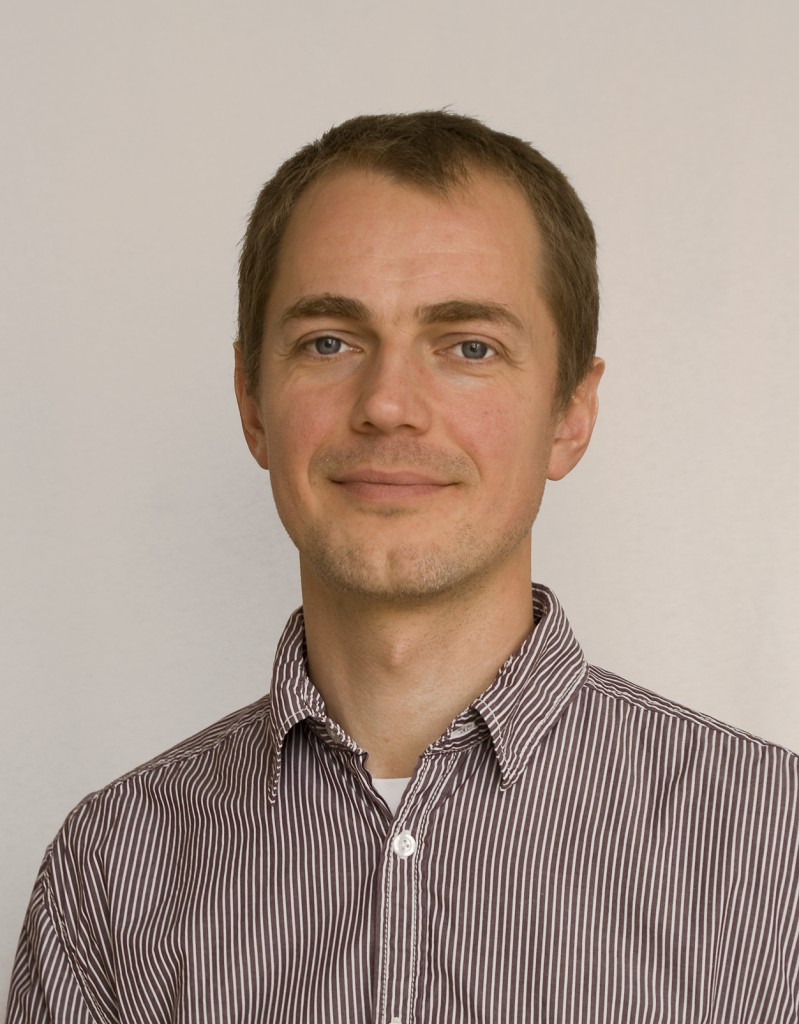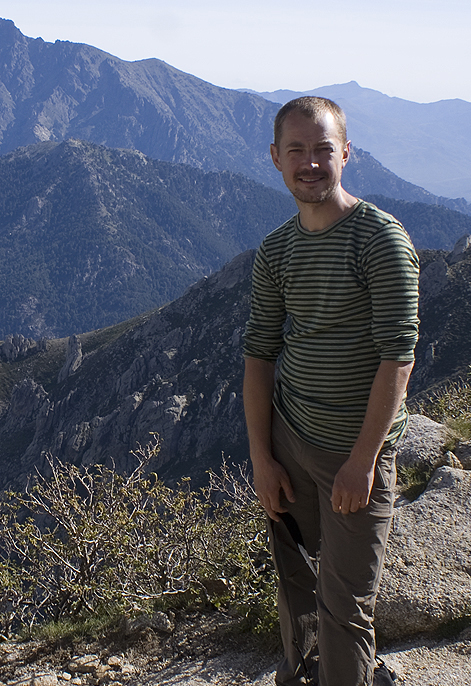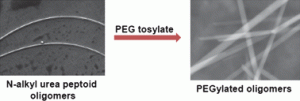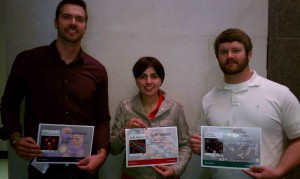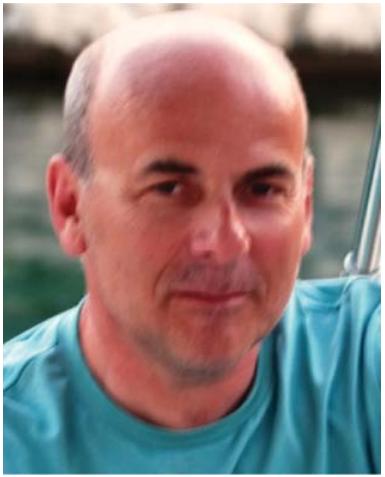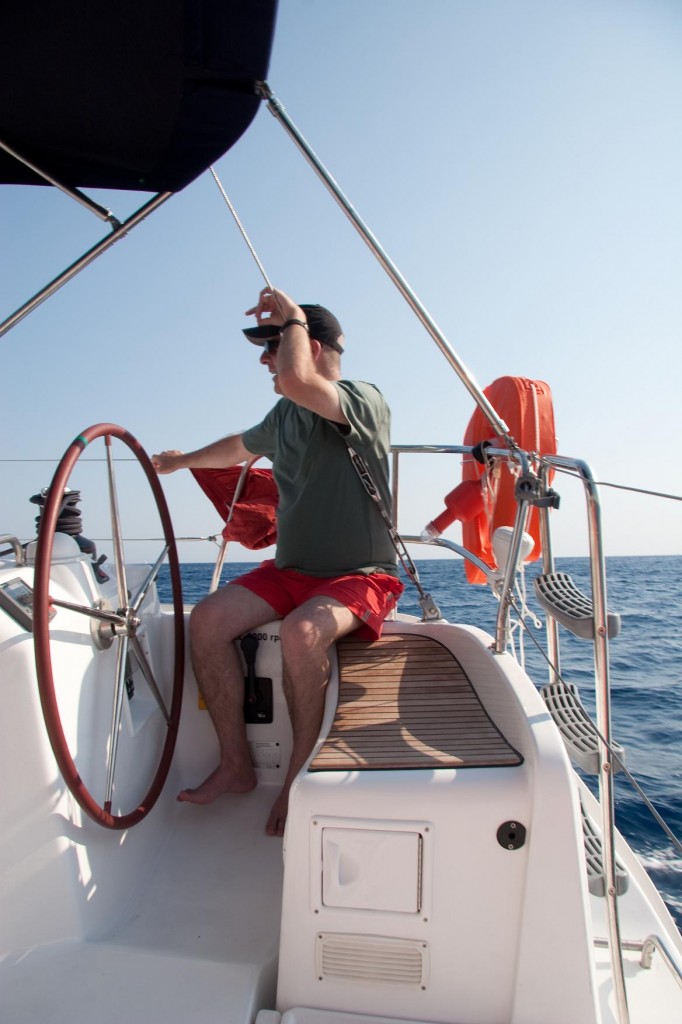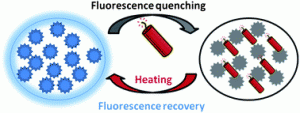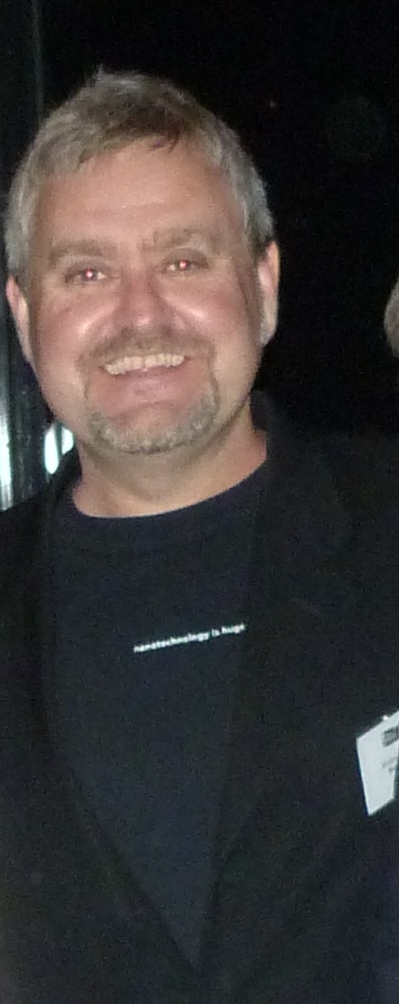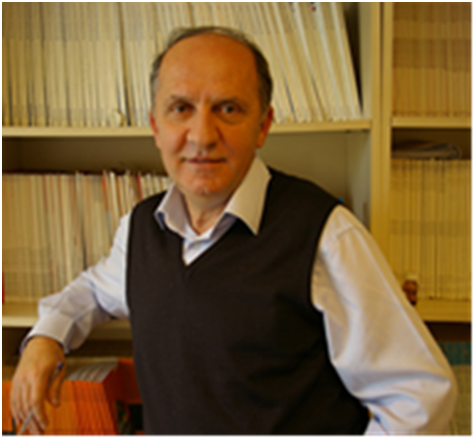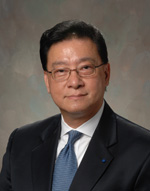 Stephen Z. D. Cheng is an American polymer scientist and chemical engineer. Cheng is the current Dean of the College of Polymer Science & Polymer Engineering, and the R.C.Musson & Trustees Professor of Polymer Science at the University of Akron. Cheng became faculty as an assistant professor of polymer science at the University of Akron in October 1987. He was promoted to associate professor with tenure in 1991, and further the professor of polymer science in 1995. Cheng became the Trustees Professor of Polymer Science in September 1998, and the Robert C. Musson Professor of Polymer Science in 2001, all at the University of Akron. From 2001 to 2005, Cheng was the Chairman of the Department of Polymer Science at the University of Akron, and he was appointed Dean of the College of Polymer Science & Polymer Engineering on August 1, 2007.
Stephen Z. D. Cheng is an American polymer scientist and chemical engineer. Cheng is the current Dean of the College of Polymer Science & Polymer Engineering, and the R.C.Musson & Trustees Professor of Polymer Science at the University of Akron. Cheng became faculty as an assistant professor of polymer science at the University of Akron in October 1987. He was promoted to associate professor with tenure in 1991, and further the professor of polymer science in 1995. Cheng became the Trustees Professor of Polymer Science in September 1998, and the Robert C. Musson Professor of Polymer Science in 2001, all at the University of Akron. From 2001 to 2005, Cheng was the Chairman of the Department of Polymer Science at the University of Akron, and he was appointed Dean of the College of Polymer Science & Polymer Engineering on August 1, 2007.
Wen-Bin Zhang, the key advisor in this topic, graduated in 2010 from the University of Akron with a PhD in Polymer Science under the supervision of Profs. Cheng and Quirk in the development of soft fullerene materials. He then stayed in the same group for one year to study molecular-nanoparticle-based functional materials with engineered hierarchical structures before he joins Prof. Tirrell’s group at the California Institute of Technology. His major research interest is to elucidate how a molecular function is transferred and amplified into a macroscopic property via hierarchical structure formation and to develop new materials for health- and energy-related applications.
Cheng’s research interests center on the condensed states in polymers, liquid crystals, hybrids, surfactants and micelles, and focuses on the interactions, responses, dynamics, and structures of materials on varying length and time scales in which the material itself embodies the technology. His research activities include investigations of transition thermodynamics and kinetics in metastable states, ordered structures and morphologies, surface and interface structures in electronic and optical materials and functional materials.
Please follow the link for further information on Stephen’s research group and his recent paper in Polymer Chemistry.
What was your inspiration in becoming a chemist?
The ability to precisely tailor a macromolecule’s structure is indispensable to the development of novel functional materials and the elucidation of structure-property relationship. Our group’s primary focus is on the solid state structure of polymers. However, since my collaborators on the chemistry side are retiring, our group has to do chemistry. Now my group is half physics, half chemistry. The chemistry subgroup is led by Dr. Wen-Bin Zhang.
What was the motivation behind the research in your recent Polymer Chemistry paper? (DOI: 10.1039/C1PY00435B)
Shape amphiphiles are a novel and intriguing class of materials. With rigid shape and versatile interactions, they are promising in forming diverse hierarchical structures. [60]Fullerene is an interesting and versatile building block, however, its precise functionalization is difficult, particularly in polymers. We would like to put this buckyball to any position of the polymer chain in a controlled fashion and requires minimum purification. And we did it by using “click” chemistry and a highly reactive fulleryne that is developed in our group.
Why did you choose Polymer Chemistry to publish your work?
Polymer Chemistry is a new journal in polymer area and is receiving more and more attention. We believe that publishing the paper in Polymer Chemistry can certainly help the paper to be read by a broad scope of readers.
In which upcoming conferences may our readers meet you?
ACS meeting next March in San Dieago.
How do you spend your spare times?
In my spare time, I exercise by playing Pingpong with my students. I enjoy poems, calligraphy, and violin.
Which profession would you choose if you were not a scientist?
Science is my favourite. I guess, if not science, perhaps something related to it.
Comments Off on Author of the Week – Stephen Z. D. Cheng












 Stephen Z. D. Cheng is an American polymer scientist and chemical engineer. Cheng is the current Dean of the College of Polymer Science & Polymer Engineering, and the R.C.Musson & Trustees Professor of Polymer Science at the University of Akron. Cheng became faculty as an assistant professor of polymer science at the University of Akron in October 1987. He was promoted to associate professor with tenure in 1991, and further the professor of polymer science in 1995. Cheng became the Trustees Professor of Polymer Science in September 1998, and the Robert C. Musson Professor of Polymer Science in 2001, all at the University of Akron. From 2001 to 2005, Cheng was the Chairman of the Department of Polymer Science at the University of Akron, and he was appointed Dean of the College of Polymer Science & Polymer Engineering on August 1, 2007.
Stephen Z. D. Cheng is an American polymer scientist and chemical engineer. Cheng is the current Dean of the College of Polymer Science & Polymer Engineering, and the R.C.Musson & Trustees Professor of Polymer Science at the University of Akron. Cheng became faculty as an assistant professor of polymer science at the University of Akron in October 1987. He was promoted to associate professor with tenure in 1991, and further the professor of polymer science in 1995. Cheng became the Trustees Professor of Polymer Science in September 1998, and the Robert C. Musson Professor of Polymer Science in 2001, all at the University of Akron. From 2001 to 2005, Cheng was the Chairman of the Department of Polymer Science at the University of Akron, and he was appointed Dean of the College of Polymer Science & Polymer Engineering on August 1, 2007.